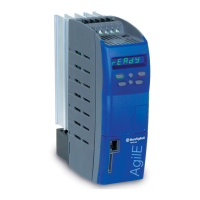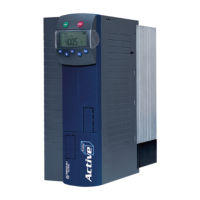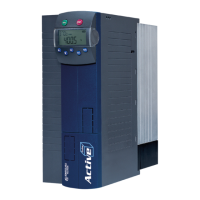2.6 Principle for analog functions
The analog function processing principle is shown in the following diagram. The analog input
buffer comprises fixed values or PLC signals which can be assigned to global signal sources.
The values in the input buffer are available to the inputs of the instructions as sources.
Depending on the type of instructions, two function block settings (P1 and P2) are used for
adjusting special instruction functions. The outputs of the instructions can be used as inputs by
other functions).
In addition, the outputs can be used as a source for global variables.
The instructions are processed one after the other, starting with instruction 1. When the
processing cycle jumps back to start, the output buffer is written and the input buffer is up-
dated.
Jump functions enable branching off to certain instructions (indices). The settings of the jump
function additionally enable selective writing of the output buffer and updating of the input
buffer.
Analog functions can process the following values:
− Frequency
− Current
− Percent
− Voltage
− Position
− Positioning ramp gradient

